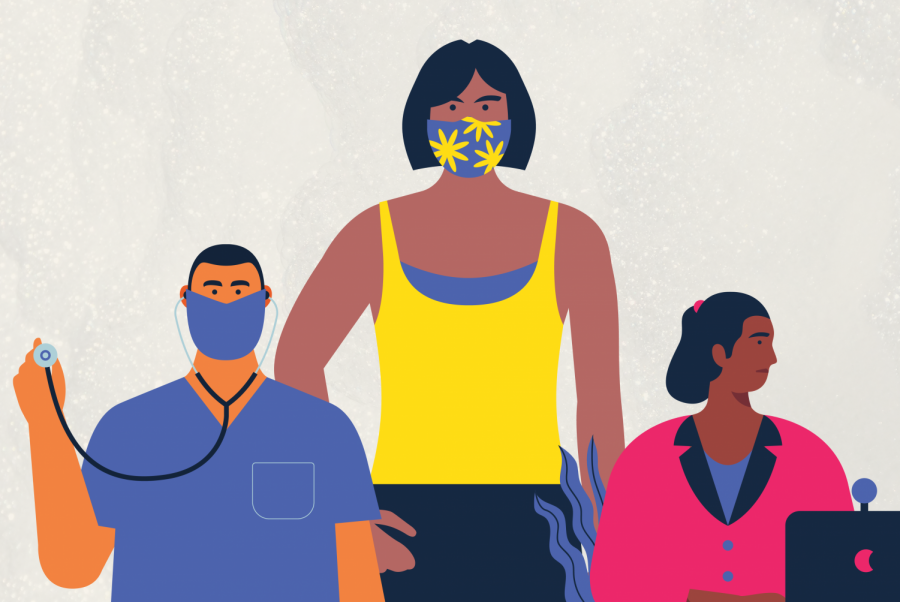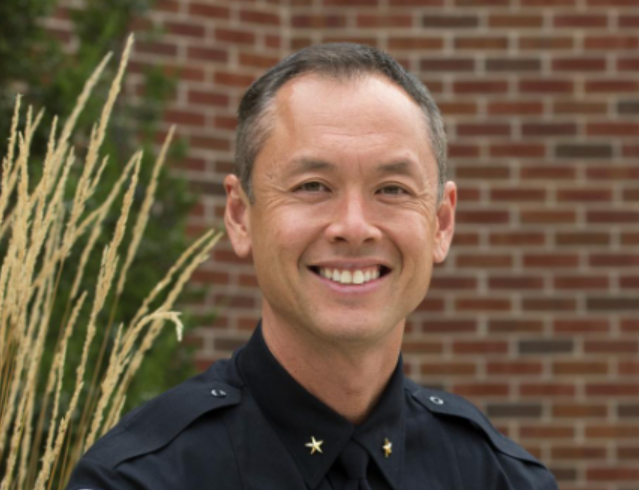As the first semester with the majority of classes taught in-person ramps up at the University of Minnesota, an oftentimes overlooked part of the University community is sharing their concerns about returning to campus: graduate student instructors.
Many of these graduate students shared their concerns regarding COVID-19 working conditions in an open letter to the University, urging administration to create a stronger safety plan. Although the work by graduate students is essential to keep many classes functioning, they also work as teaching assistants and co-instructors, who said they are not always consulted in the same way as students, staff and faculty.
“I helped write that letter because I feel pretty strongly about how the University has dropped the ball, especially for us graduate students who are also TAs who haven’t been involved in the decision-making process,” said Thomas Eichlersmith, a co-author of the letter and physics lead mentor teaching assistant (TA).
Many graduate students said they were left out of conversations about classroom and workplace safety, conversations that led to decisions that directly impacted them. While poor communication between administration and graduate students is nothing new, the pandemic intensified it, said Annika Yates, a co-author of the letter and anthropology TA.
As a result of the lack of consultation between graduate students and administration, many students said they did not have the flexibility to choose the teaching modality that best fit their individual situation.
“When we got [our] TAs assignment, the modalities were set,” Yates said. “Our needs and our safety concerns were not taken into consideration when those TA assignments were made as far as I can tell.”
This became a problem for some graduate students who live with young children, immunocompromised people or have health concerns themselves, some students said. It became a choice between choosing the University or personal safety in some cases.
“You have to take what you can get or you lose your funding. You have no salary, no health insurance [and] you can’t take classes,” Yates said. “It’s through teaching that we are able to be here as PhD students.”
While graduate student TAs are not able to officially change the modality of their class sections, they can switch their courses to be temporarily online, Eichlersmith said. However, instructors are recommended to find a substitute before changing modality.
“If somebody is asking me to substitute TA for them because they’re out sick, what are the chances they had COVID? What are the chances they got COVID from that class that I’m going to be walking into?” Eichlersmith said. “This poorly thought out process just shows a lack of thought about graduate student workers.”
University Executive Vice President and Provost Rachel Croson sent faculty and staff emails throughout August with guidance to address some of their concerns. Among other things, these guidelines recommended assigned seating for contact tracing, what to do if a student doesn’t comply with the indoor mask mandate and reiterated that instructors cannot inquire if a student contracted the virus.
This guidance from senior leadership has not been enough for many graduate students though, some students said.
Many graduate students are also unsure how to deal with any possible outbreaks in their classes, according to the letter. Due to federal health information privacy laws, professors and TAs cannot ask a student if they have COVID-19, nor can they disclose to other students if their classmate tested positive.
Fears of an outbreak especially created concern for graduate students assisting with large classes, such as Alexander Provan, who is one of two TAs for a political science class of 150 students.
“Having that many people in a room, even if many of the people are vaccinated, present[s] a bunch of problems and there really has been no guidance from the University as a whole about this,” Provan said.
If a student discloses to a TA they were exposed to or tested positive for the virus, the University told TAs they can tell students they personally have been exposed, so the students should consider getting tested, Yates said.
Relating to possible exposures, graduate students are also worried about class sizes and locations because social distancing is not always possible, according to the letter.
“The class I’m teaching now is a 200 person class, and it’s meeting in a 200 person room,” history TA Eliana Chavkin said. “I was excited to return in-person because I thought it would foster better relationships with students and would make me better able to teach them, but I’m worried about safety.”
Many graduate students are also expressing their concerns about the University’s student vaccination requirement form, a stance that many faculty at the University have echoed. The vaccine mandate does not require documentation and any consequences for students who fail to fill out the form won’t take effect until spring 2022.
“What I wanted to see…[was a plan] that took into consideration the challenges and the different needs of not just grad students, but other students as well as other faculty and staff,” Yates said. “And it feels like that hasn’t happened.”
Image by Mary Ellen Ritter
UMN grad students voice health, safety concerns with in-person classes
Graduate student instructors expressed concerns about teaching in-person amid the COVID-19 pandemic in an open letter to the University.
by Maia Irvin
Published September 23, 2021
1
0
More to Discover




















Pete Wagner
Sep 24, 2021 at 12:24 am
Grad students are at the bottom of the totem pole at the U of M. When I was working on a PhD 15 years ago and teaching, I was apalled at the fact that we were scored by both the tenured faculty and our students but we did not get to score the faculty!